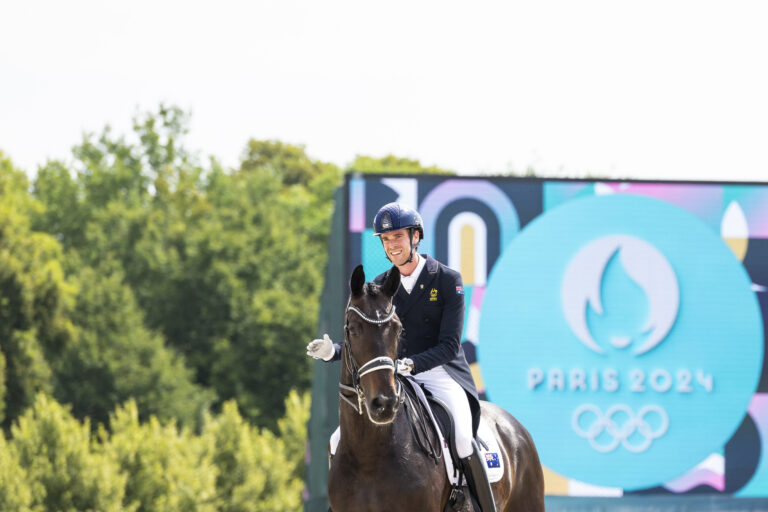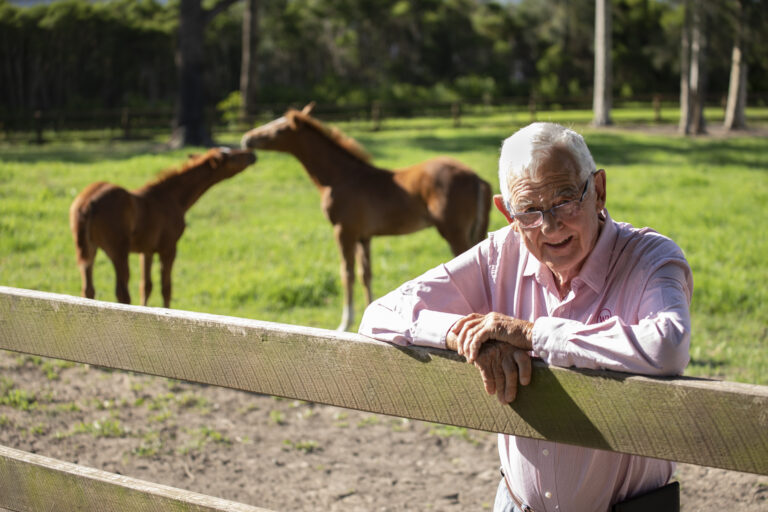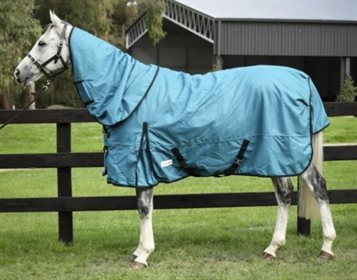This article has appeared previously with Equestrian Life. To see what is in our latest issue, please click here.
Tori Stuckey demonstrates a good, balanced seat in the sitting trot.
© Kerry Mack
By Dr Kerry Mack
I thought I would share some secrets about the sitting trot. This is something many of us struggle with. Too often I see riders who seem to be struggling to sit still. The thing with the sitting trot is that yes you must sit still, but not in relation to the ground or something immovable. You must sit still in relation to the horses back. Of course the horses back moves, mainly up and down, so you must allow your pelvis to relax and move up and down too. When you start to practise the sitting trot first check that you are rising on the correct diagonal. As the horses outside shoulder comes forward you rise. When you go to sit only sit a few steps and keep the rhythm of a tiny rise as the outside shoulder comes forwards. Don’t grip and try to sit still. Just put one seat bone on each side of the horses back and keep the pressure even in your seat bones. Be aware of the outside shoulder and just come up a little, then down a little.
In fact this is very important, not just to learn to sit to the trot as it allows you to give the aids with the correct timing. You can do a little half halt, a tiny bracing of the back and your core muscles every step if you wish, as you sit a little deeper each time in the same timing as the down beat of the rising trot.
A little lighter in the seat as the outside shoulder goes forward, a little deeper as the outside front leg (and the inside hind leg) are on the ground. If you really pay attention you will find it comes naturally to lightly close your legs around the horse as your seat deepens on the down beat. So this gives you the right timing to influence the horse as he pushes off the ground.
You should not give the aids in one constant push. The aids should gently pulse with the timing of the horses steps. So if you imperceptibly lighten and deepen your seat as you sit to the trot you already have the opportunity to influence the horse to keep the rhythm more evenly and simultaneously make the steps bigger and more expressive. Remember rhythm is the first step on the training scale. This makes it very important.
You will understand this better if you try to first sit to the trot with imperceptible lightening and deepening of the seat, and then stop the imperceptible following of his back by truly sitting still. You will find that this works like a hand brake. Your horse will react to your still back by making the steps smaller.
Now you might wonder why no one has told you that before. My belief is that the really good riders do this automatically. The ability to do this is a part of that elusive quality of feel. So you to can improve your feel. It will take practise though!
Stay tuned for Part II!
This article has appeared previously with Equestrian Life. To see what is in our latest issue, please click here.
READ THE LATEST NEWS ARTICLES HERE








